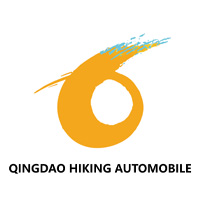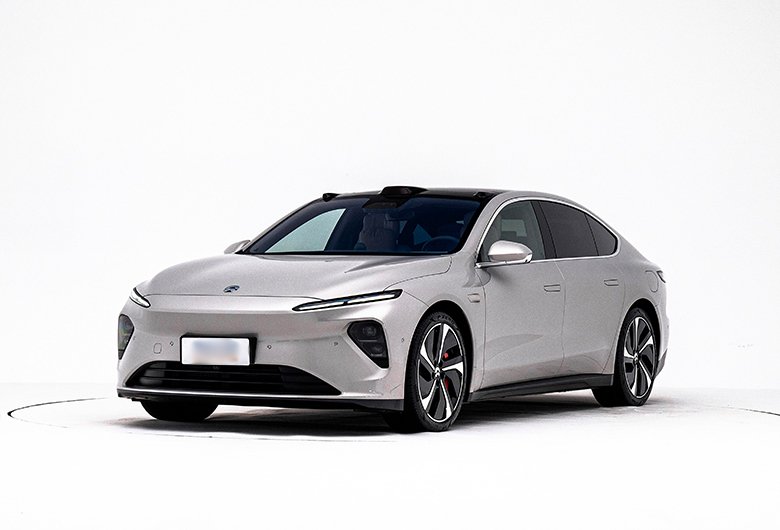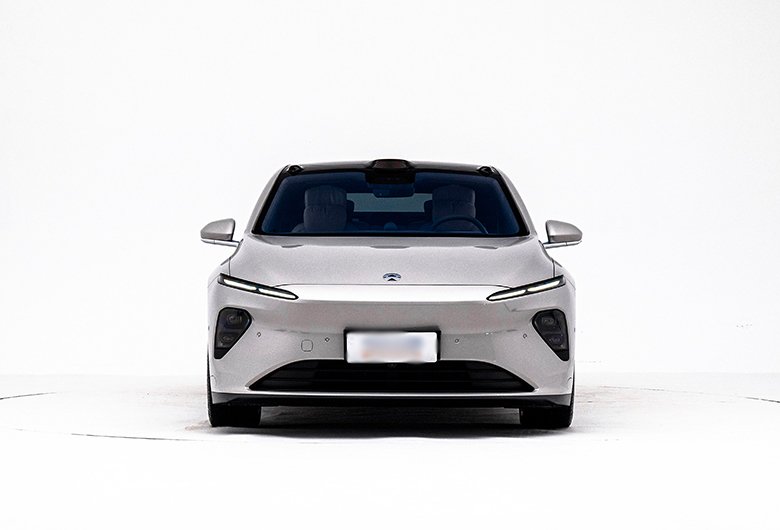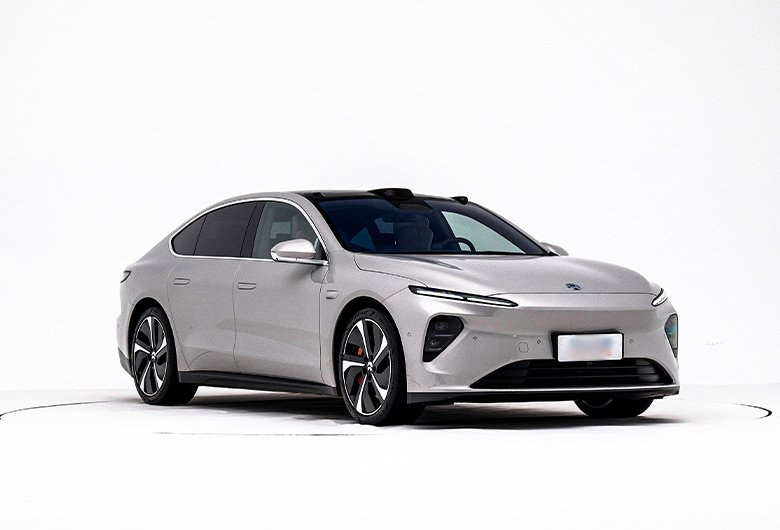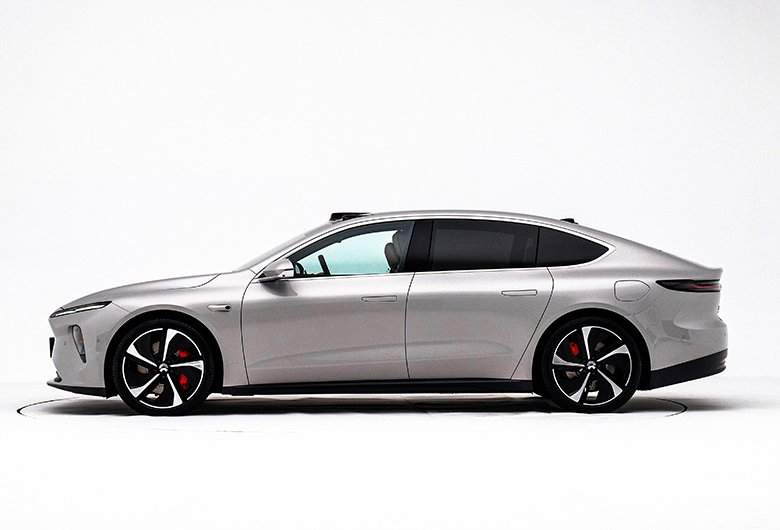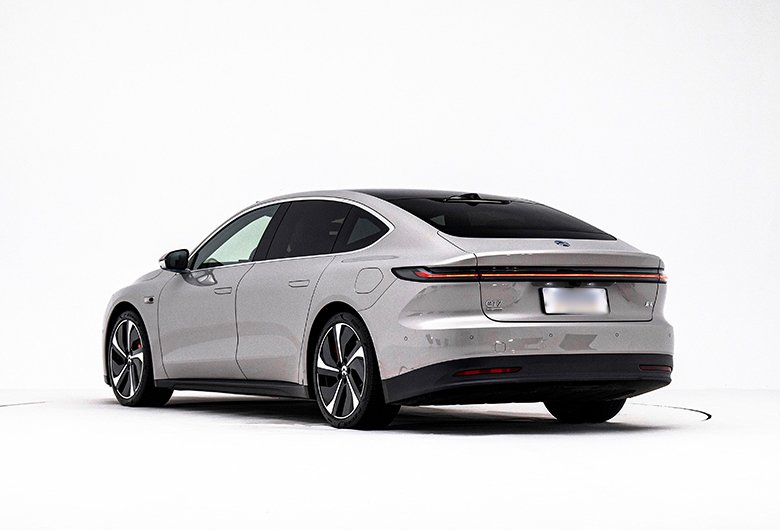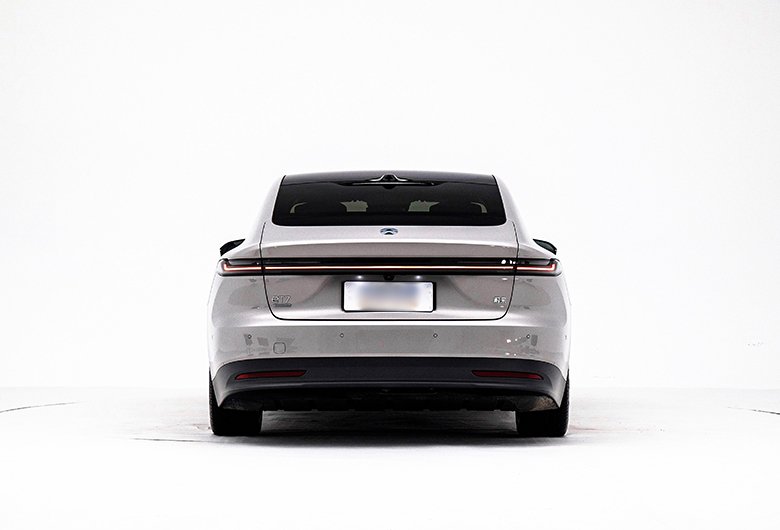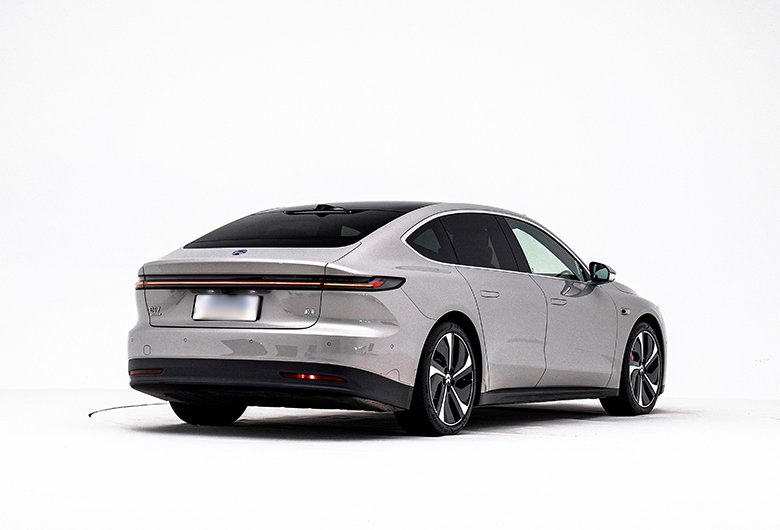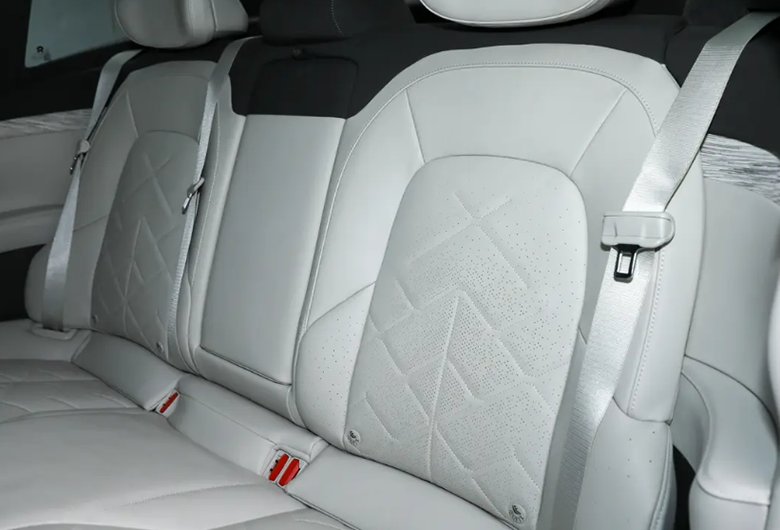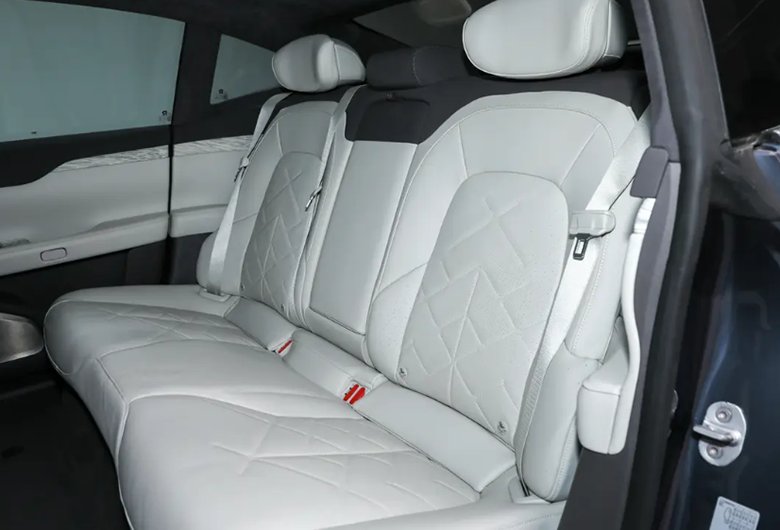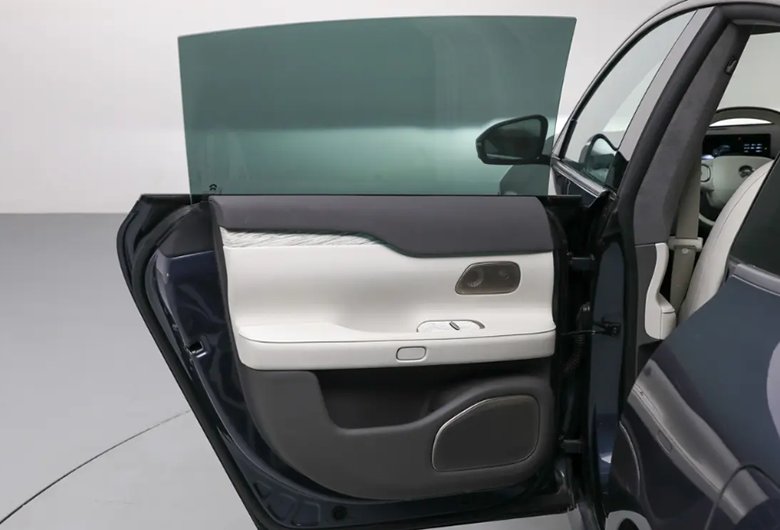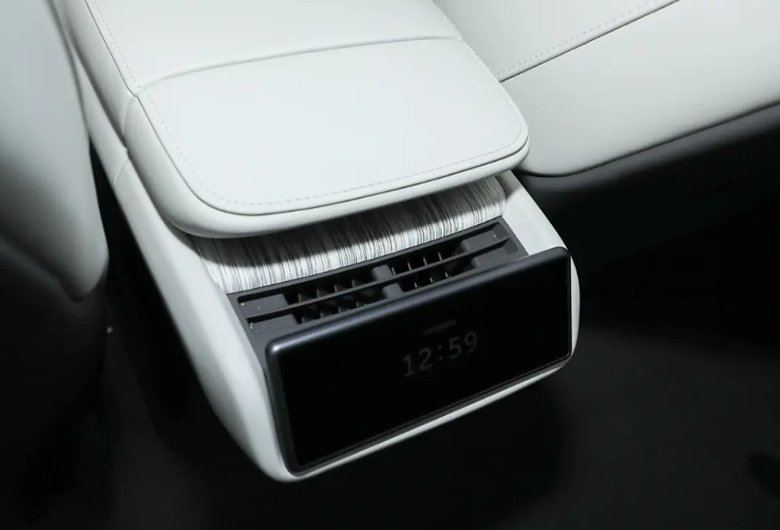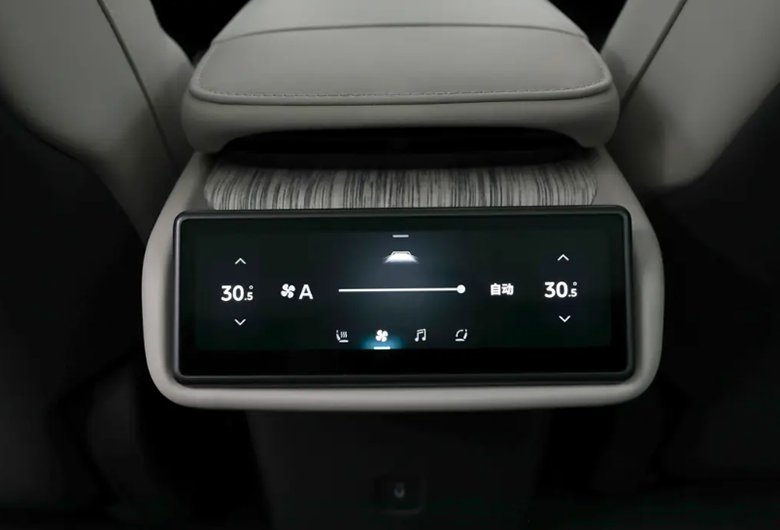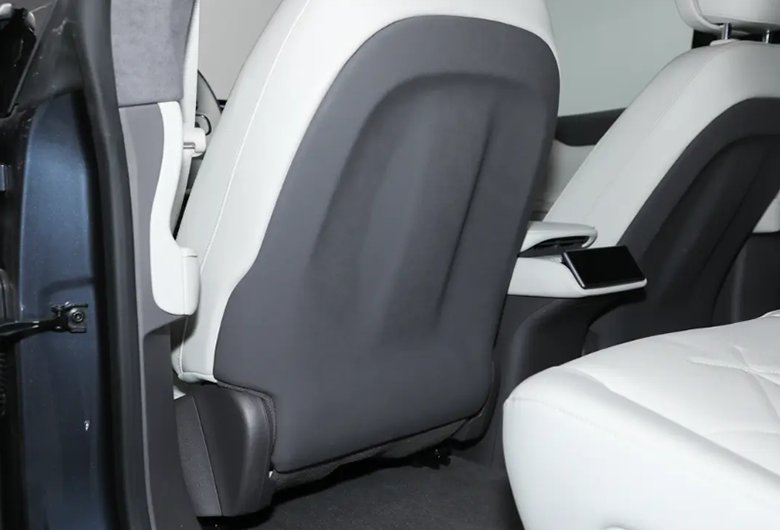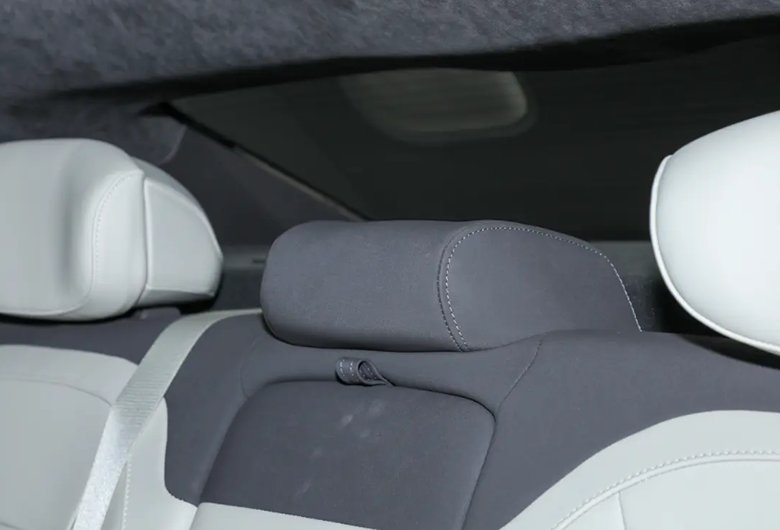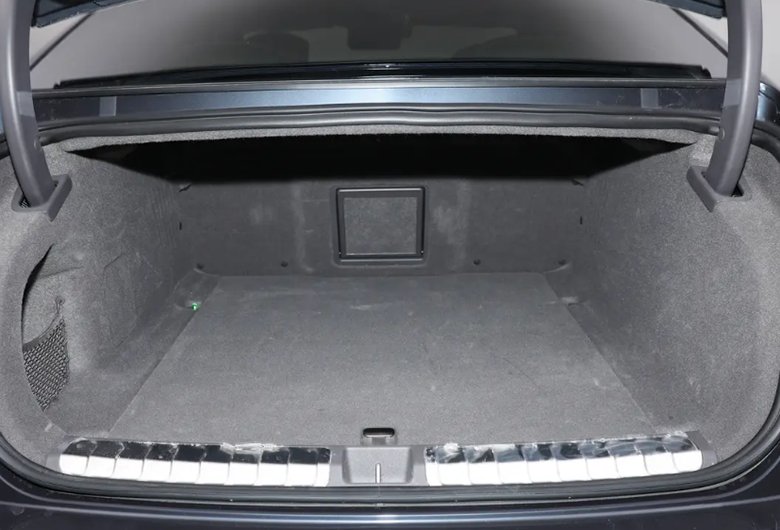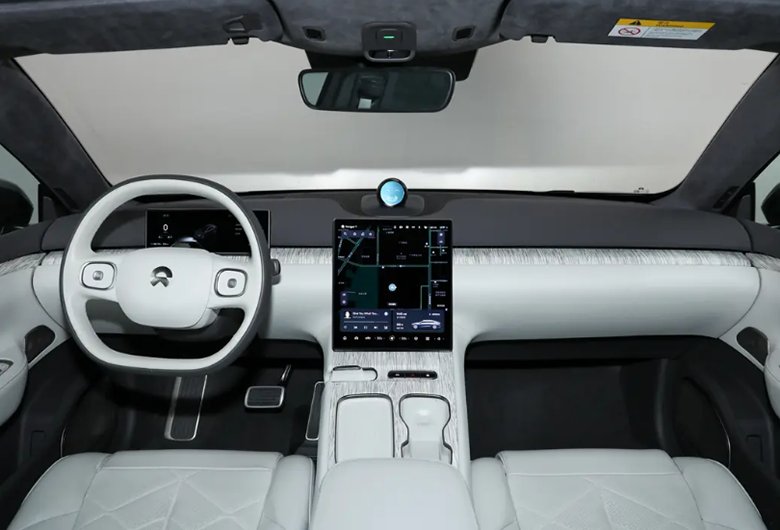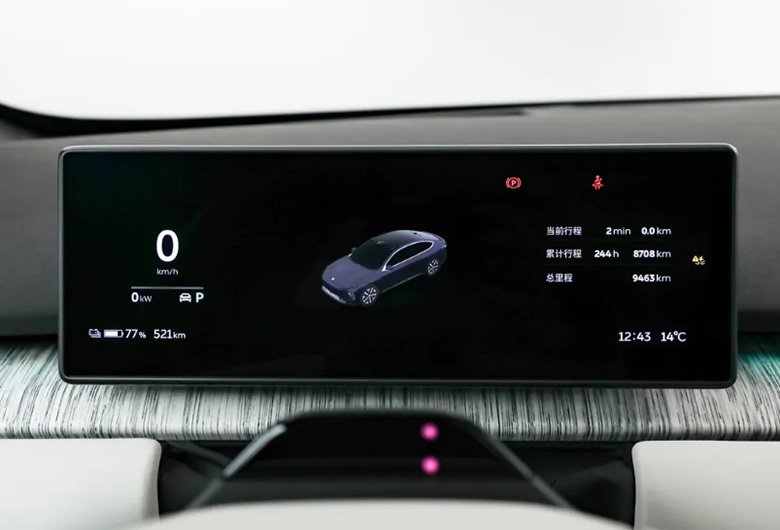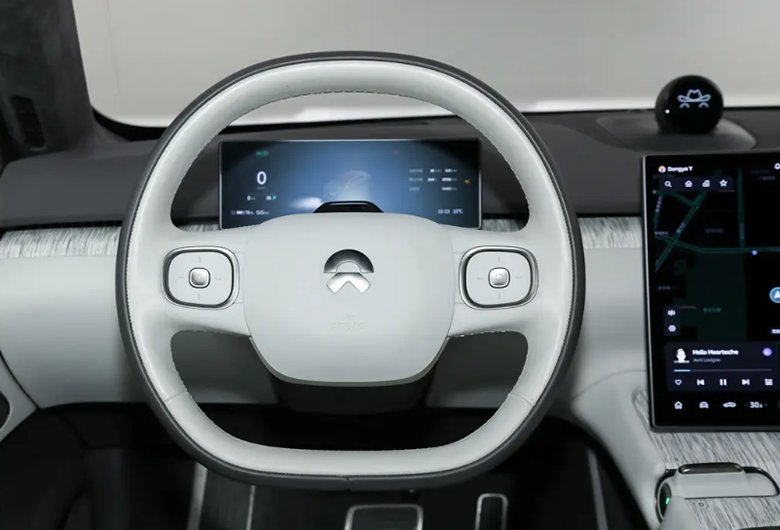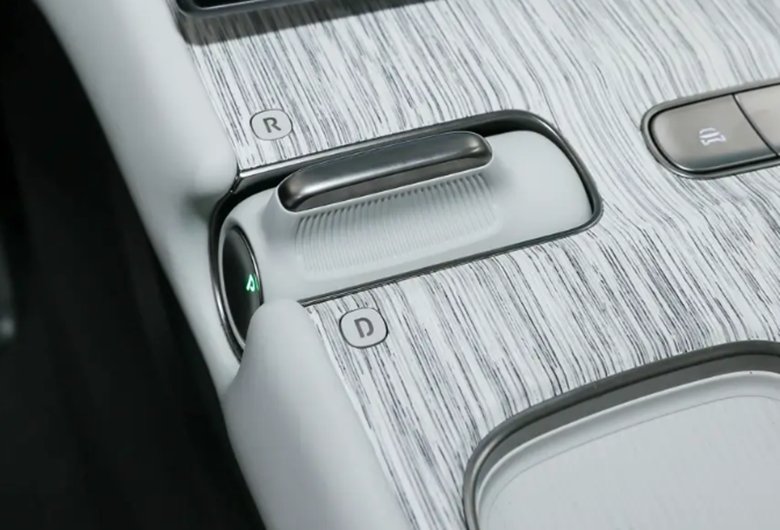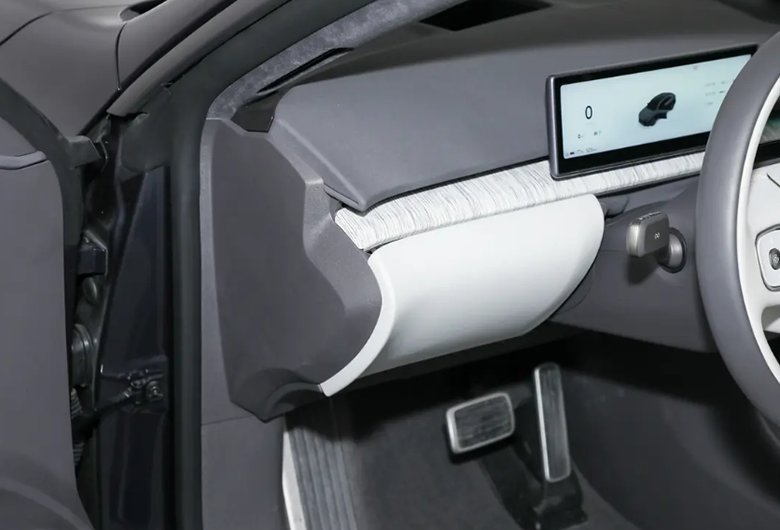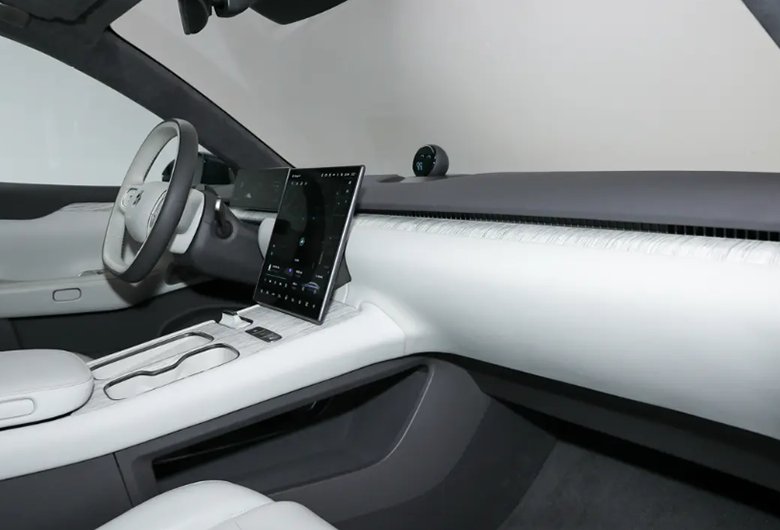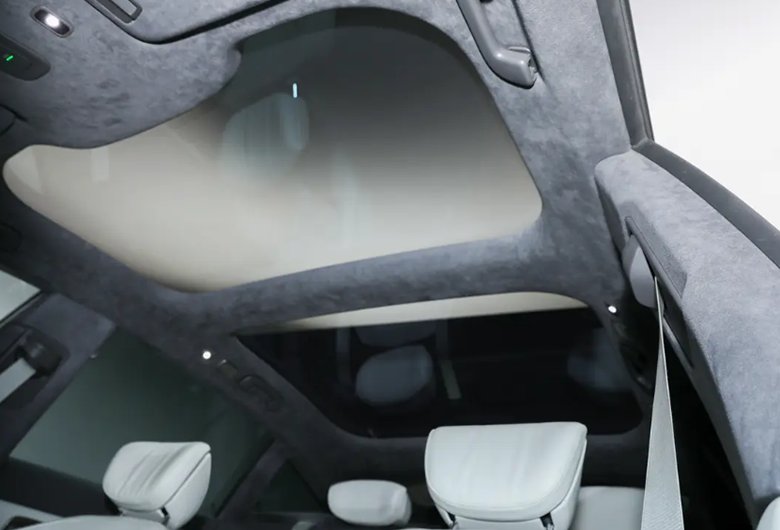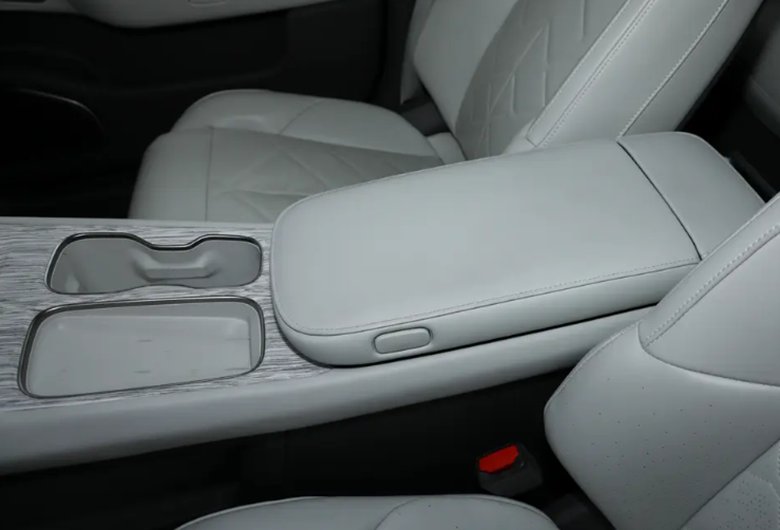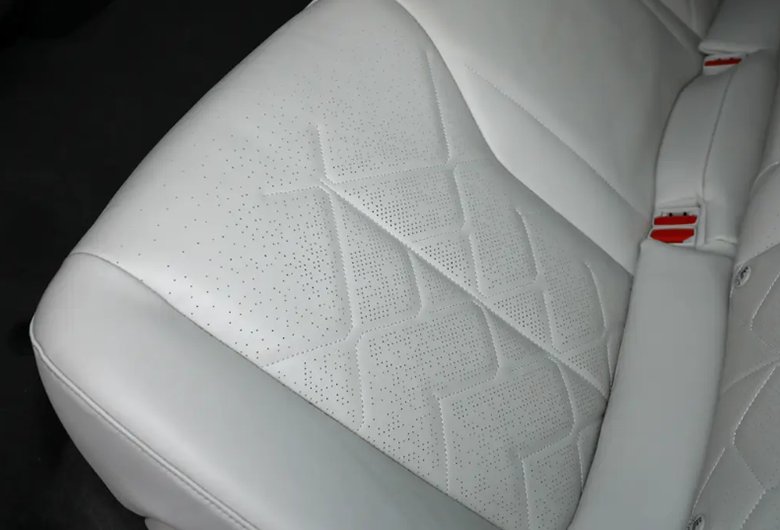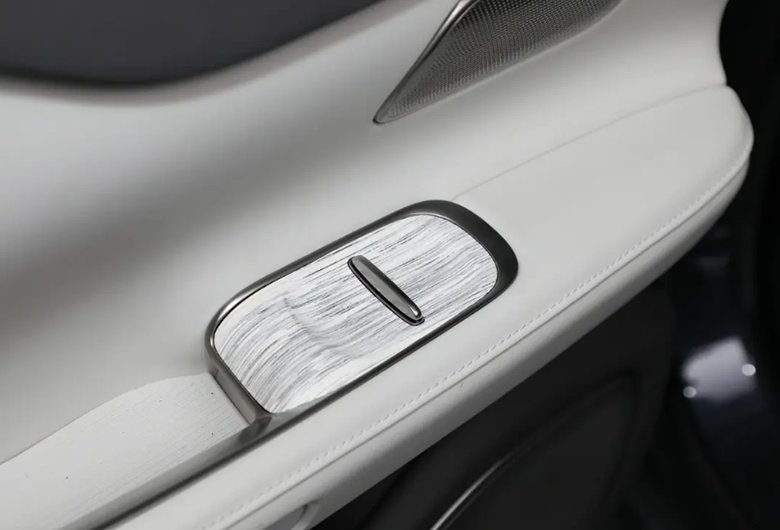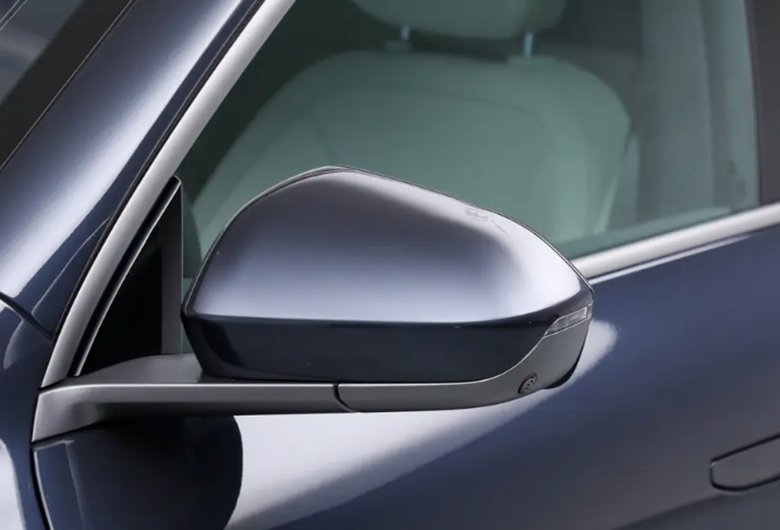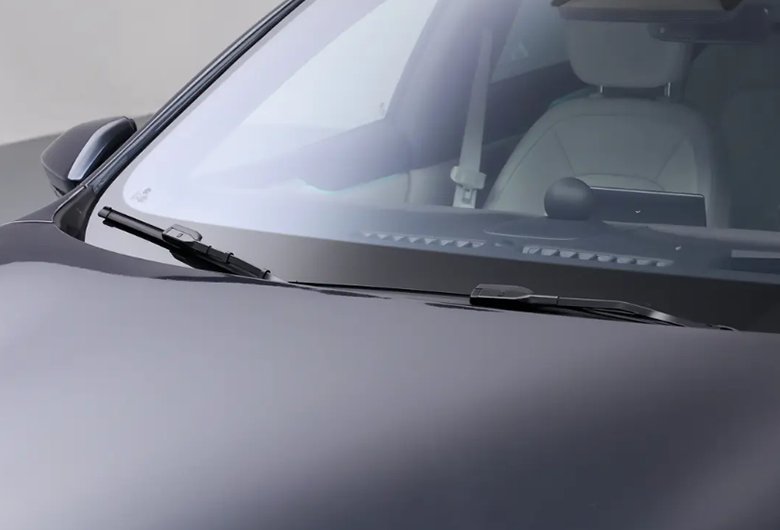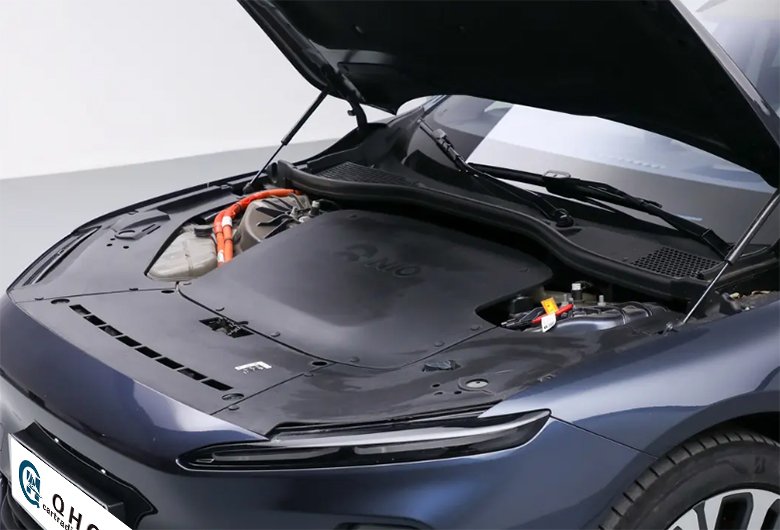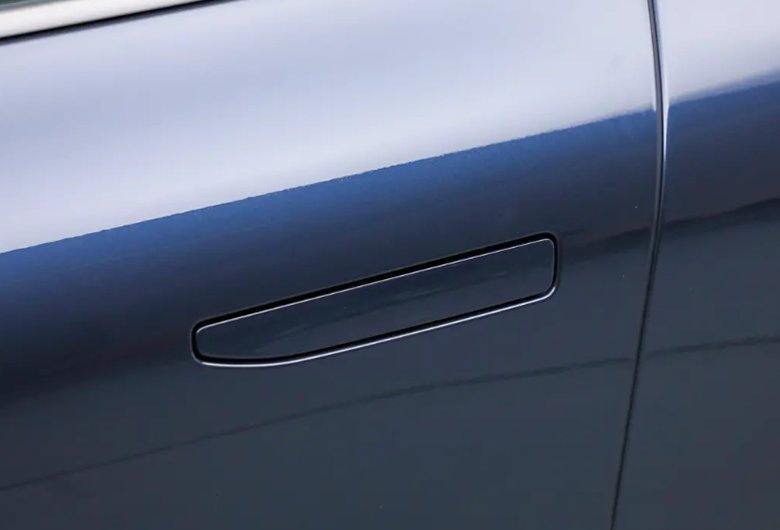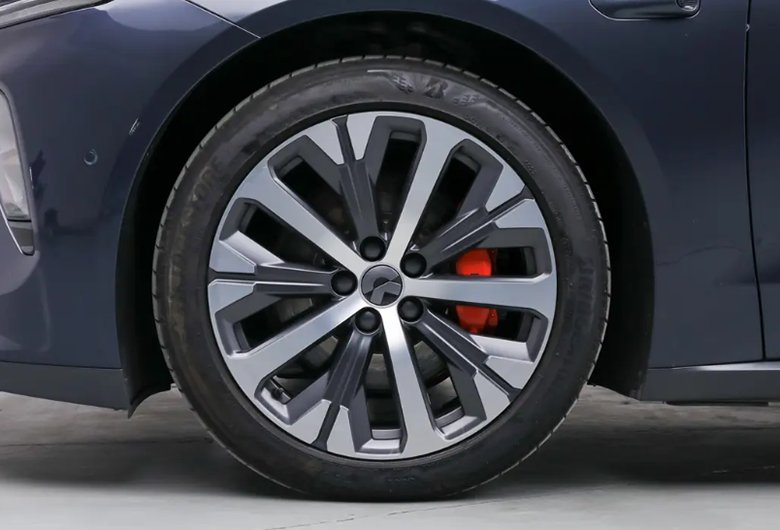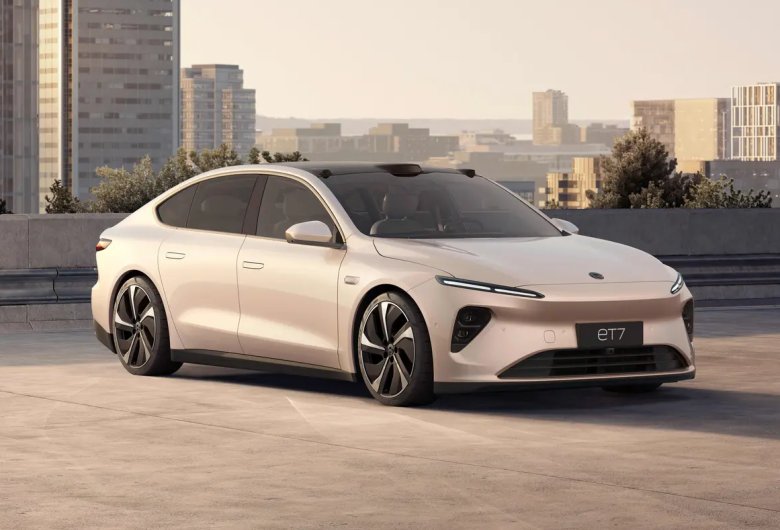
Description
- APPEARANCE
- INTERIOR
- SEAT SPACE
- DETAILS
Starting this year, competition in intelligence, especially in the autonomous driving segment, has become fierce. The main selling point of ET7 this time is also focused on this area, which is actually divided into three parts:
·External sensor configuration;
·Super computing platform;
·Extended autonomous driving subscription services.
1) Sensor configuration
From the perspective of sensor configuration, ET7 has changed the shape of the traditional vehicle, embedding the front lidar on the roof, and the cameras on both sides are also embedded inside, forming a horned shape. Other perceptual configurations are similar to those of other car companies. But there is the biggest paradox here. If ET7 revolves around lidar as a key supplementary element that is different from Tesla’s autonomous driving solution, then if you want to configure it on multiple models such as ES6, ES8 and EC6, before There is no way to make compatibility with other models. Systematic improvements will need to be made in the future, which means a lot of changes will be made. From the perspective of perceptual configuration, this step is indeed valuable for ET7, but it is also very radical, and it brings an obvious point of difference to the product line.
2) Supercomputing platform
This time ET7 uses 4 Nvidia Orin chip platforms, which also means that Weilai has officially switched from the Intel camp to NV. Here, 2 Masters are used for mutual verification, 1 unit is used for redundant backup, and there is another dedicated unit for training iterations. Since multiple image source data are used as a whole, according to the image data of 8G per second, if you want to save these original images, this supercomputing platform needs to configure a particularly large storage space.
This style of play requires a lot of algorithms and basic platform development. This time NIO’s autonomous driving technology NAD (NIO Autonomous Driving) adopts a business model that charges a monthly subscription fee of 680 yuan for autonomous driving. By equipping all autonomous driving hardware as standard and adopting the subscription model ADaaS (AD as a Service), this is also an interesting point. I believe that the competition that most investors value most is innovation in this field. Compared with content such as smart cockpits and electric suction doors, they value the future expansion of this system in all car series.
PART 2: 150kWh battery system
The new 150kWh battery system released this time, according to current practice, although the time point is set in 2023, it is currently similar to a concept design. How should I put it? Although the supplier has not been announced, the feasibility of the design using clear pottery has been basically confirmed. Overall, it is indeed very feasible to introduce 400V SiC to reduce energy consumption. In fact, 150kWh is more of a forward-looking ability (anticipation), allowing car owners and investors to have ample room for imagination. As for engineering and manufacturing, there are many key nodes waiting for us to update information in the next two years.
Summary: Overall, NIO day released a lot of very interesting things this time. I made some preliminary interpretations. The most important thing is the upgrade and introduction of autonomous driving technology. This was an obvious shortcoming of NIO before. Let’s take a look. The hardware has been developed through sensing and computing platforms. Of course, the specific effects will have to wait until Weilai gradually realizes this year.
Inquiry
| Model: | ET7 |
| 0-100km/H: | 3.8 |
| CLTC (KM): | 530 |
| L-W-H (mm): | 5101*1987*1509 |
| Drive Type: | 4WD |
Inquiry Now
